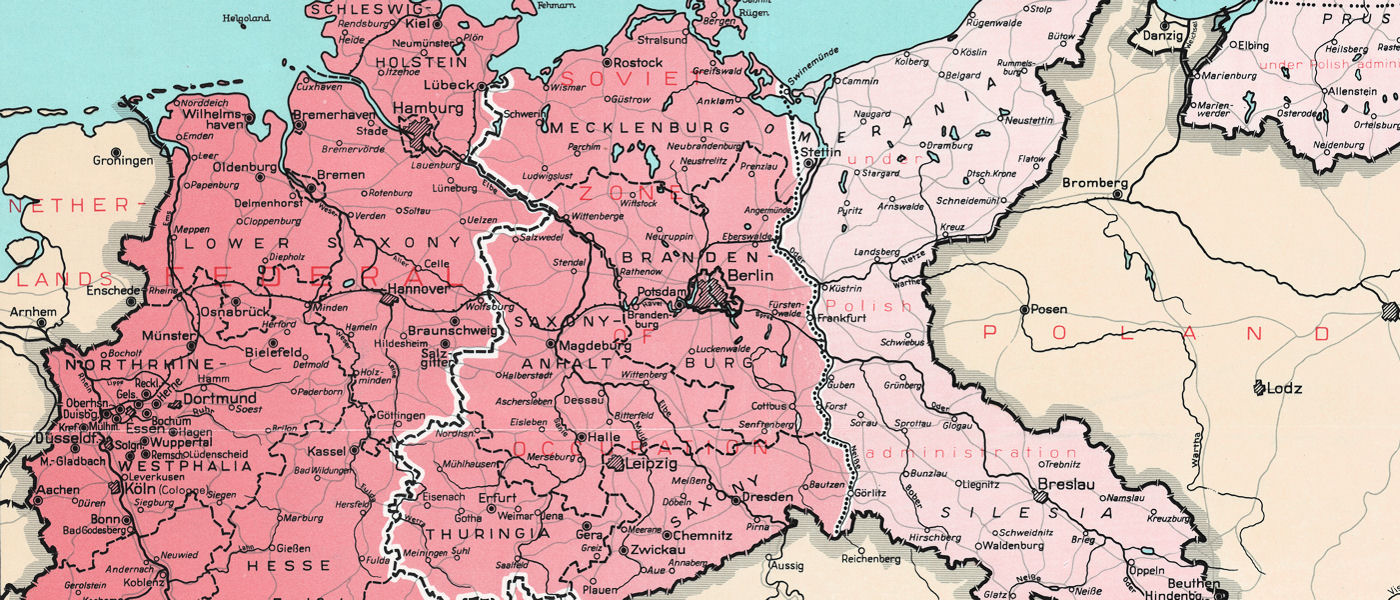Canadian Military Town Plans and E.M.O. Maps
In the late 1950s, the Cold War had reached a point where there was a very real threat to North American cities from nuclear attack. In Canada, defence planners and the Emergency Measures Organization (E.M.O.) became concerned with the lack of large-scale, detailed maps of urban areas. The Army Survey Establishment (ASE) of the Department of National Defence--now the Mapping and Charting Establishment (MCE)--was tasked with the creation of Military Town Plans (MTPs), later referred to as Military City Maps (MCMs), for all major cities. The job required topographical surveying with a high degree of positional accuracy and a greater range of cultural detail (e.g. roads, buildings, railway yards, etc.) at the much more stringent and technically demanding scale of 1:25,000 (1 cm = 250 metres). It also required the collection of an enormous amount of data about municipal infrastructure. The maps highlighted the main electrical and communication facilities, police stations, fire stations, important government and institutional buildings like city hall, as well as listing the location and capacities of hospitals and hotels. These features were numbered on the front of the map, with the corresponding description of the feature printed on the back.These maps would be essential for evacuation and potential resettlement of the population should the unthinkable happen. Although the programme wound down as the Cold War threat declined, the maps produced from this project went on to form the basis of most of Canada's commercial street maps.
Reference:
Sinclair, J. C. (2008). One hundred years of Canadian military mapping, 1903-2003: An illustrated history. Ottawa: Military Mapping Historical Committee.

